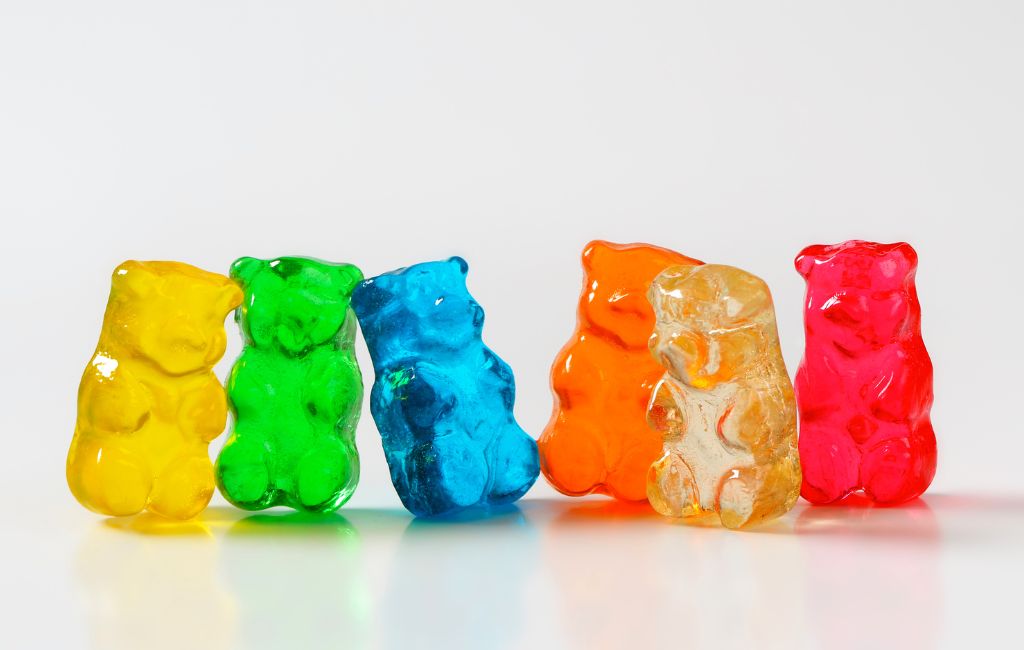Understanding Edible Tinctures Dose
Edible tinctures have gained popularity as a convenient and discreet way to consume cannabis and other herbal extracts. These liquid extracts are typically made by soaking herbs in alcohol or glycerin, allowing the active compounds to infuse into the liquid. As the market for these products expands, understanding the appropriate dosage becomes increasingly important for both new and experienced users.
What Are Edible Tinctures?
Edible tinctures are concentrated liquid extracts that can be ingested directly or added to food and beverages. They offer a smoke-free alternative to traditional methods of consuming herbs, making them appealing to a wide range of users. Tinctures are often preferred for their rapid onset and ease of use.
Types of Edible Tinctures
- Alcohol-Based Tinctures: These are made by soaking herbs in high-proof alcohol, which acts as a solvent to extract the active compounds.
- Glycerin-Based Tinctures: For those who prefer to avoid alcohol, glycerin can be used as a solvent. These tinctures are often sweeter and more palatable.
- Oil-Based Tinctures: Some tinctures use oils like coconut or olive oil as a base, which can enhance the absorption of fat-soluble compounds.
Determining the Right Dose
Finding the right dose of an edible tincture can be challenging due to the variability in individual tolerance and the concentration of the tincture. Here are some factors to consider when determining the appropriate dose:
Factors Influencing Dosage
- Concentration: The potency of the tincture will affect the dosage. Always check the label for the concentration of active compounds.
- Individual Tolerance: Personal tolerance levels can vary widely. Start with a low dose and gradually increase until the desired effects are achieved.
- Intended Effects: The purpose of using the tincture, whether for relaxation, pain relief, or other benefits, will influence the dosage.
- Body Weight and Metabolism: These physiological factors can impact how the body processes the tincture.
Starting with a Low Dose
For those new to edible tinctures, beginning with a low dose is advisable. This approach allows users to gauge their body’s response and adjust accordingly. A common starting point is 2.5 to 5 milligrams of THC or CBD, depending on the tincture’s composition.
Case Studies and Examples
Several studies and anecdotal reports provide insights into the dosing of edible tinctures. For instance, a study published in the Journal of Pain Research found that low doses of CBD tinctures were effective in reducing anxiety and improving sleep quality in participants. Another case study highlighted the use of THC tinctures for chronic pain management, where patients reported significant relief with doses ranging from 5 to 10 milligrams.
Real-World Examples
- Anxiety Relief: A user reported starting with a 5 mg dose of CBD tincture, gradually increasing to 15 mg for optimal anxiety management.
- Pain Management: A patient with arthritis found relief with a 10 mg dose of THC tincture, taken twice daily.
- Sleep Improvement: A study participant used a 5 mg dose of a CBD tincture before bedtime, resulting in improved sleep quality.
Potential Risks and Considerations
While edible tinctures offer numerous benefits, they are not without risks. Overconsumption can lead to adverse effects such as dizziness, nausea, and anxiety. It’s important to be mindful of the following:
Possible Side Effects
- Dizziness: High doses can cause lightheadedness or dizziness.
- Nausea: Some users may experience stomach discomfort.
- Anxiety: Excessive THC intake can exacerbate anxiety symptoms.
Interactions with Medications
Edible tinctures may interact with certain medications, particularly those metabolized by the liver. Consulting with a healthcare professional before starting a tincture regimen is advisable, especially for individuals on prescription medications.
Conclusion
Edible tinctures offer a versatile and effective way to consume herbal extracts, with the potential for various therapeutic benefits. Understanding the appropriate dosage is key to maximizing these benefits while minimizing risks. By starting with a low dose and considering individual factors such as tolerance and intended effects, users can find the right balance for their needs. As research continues to evolve, staying informed about the latest findings will help users make educated decisions about their tincture use.

